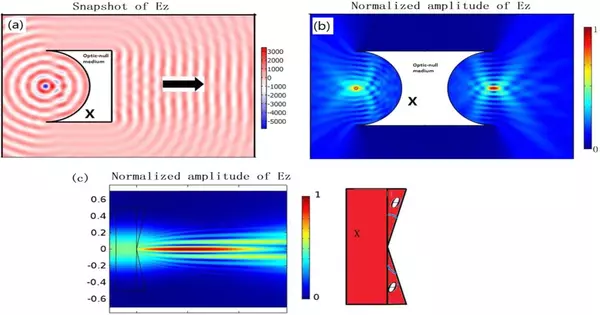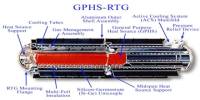Transformation optics is a subfield of optics that deals with the design and manipulation of electromagnetic fields through the use of coordinate transformations. It is based on the idea of coordinate transformations, which can map light’s behavior in one space to another. Transformation optics allows for the manipulation of light propagation by controlling the transformation of space, allowing the creation of novel optical devices with unique properties.
Transformation optics is a branch of optics that uses metamaterials to generate spatial variations derived from coordinate transformations that can direct specific wavelengths of electromagnetic radiation. This enables the creation of new composite artificial devices that would not be possible without metamaterials and coordinate transformation. The computing power that became available in the late 1990s enables prescribed quantitative values for the constitutive parameters permittivity and permeability, which produce localized spatial variations. The sum of all the constitutive parameters yields an effective value, which produces the intended or desired results.
As a result, complex artificial materials known as metamaterials are used to generate optical space transformations.
The basic idea behind transformation optics is to create a spatial transformation that maps a region with desired electromagnetic properties to a region with known electromagnetic properties. This idea was inspired by the mathematical field of differential geometry, which uses coordinate transformations to describe the curvature of space. In transformation optics, these transformations are applied to control the flow of light instead.
One can control the path, speed, and polarization of light in a material or device by carefully designing the transformation. This method has been used to create a wide variety of optical devices, such as lenses, waveguides, invisibility cloaks, and other metamaterial-based structures. The goal is to manipulate light in ways that were previously impossible with conventional optics.
The mathematics underlying transformation optics is similar to the equations used in general relativity to describe how gravity warps space and time. Instead of space and time, these equations show how light can be directed in a specific way, similar to warping space. One possible application is to collect sunlight with novel solar cells by concentrating the light in one area. As a result, transformation optics could significantly improve a wide range of conventional devices.
The concept of invisibility cloaks is one of the most notable applications of transformation optics. The purpose of these cloaks is to bend light around an object, making it appear invisible to observers. The cloak can guide light rays around an object, effectively hiding it from view, by distorting the space around it. While still primarily a theoretical concept, researchers have made significant progress in realizing practical implementations of invisibility cloaks using transformation optics principles.
Transformation optics has also been used in other photonics fields such as integrated optics, nanophotonics, and plasmonics. It provides a powerful tool for tailoring nanoscale light-matter interactions and manipulating electromagnetic fields in novel ways. Controlling light propagation with transformation optics has the potential to revolutionize a variety of fields, including telecommunications, sensing, imaging, and energy harvesting.
Overall, transformation optics provides a versatile framework for designing and engineering optical devices with novel features. It enables the creation of structures and materials that manipulate light in unique and controllable ways by utilizing coordinate transformations, opening up new possibilities for optical design and applications.
















